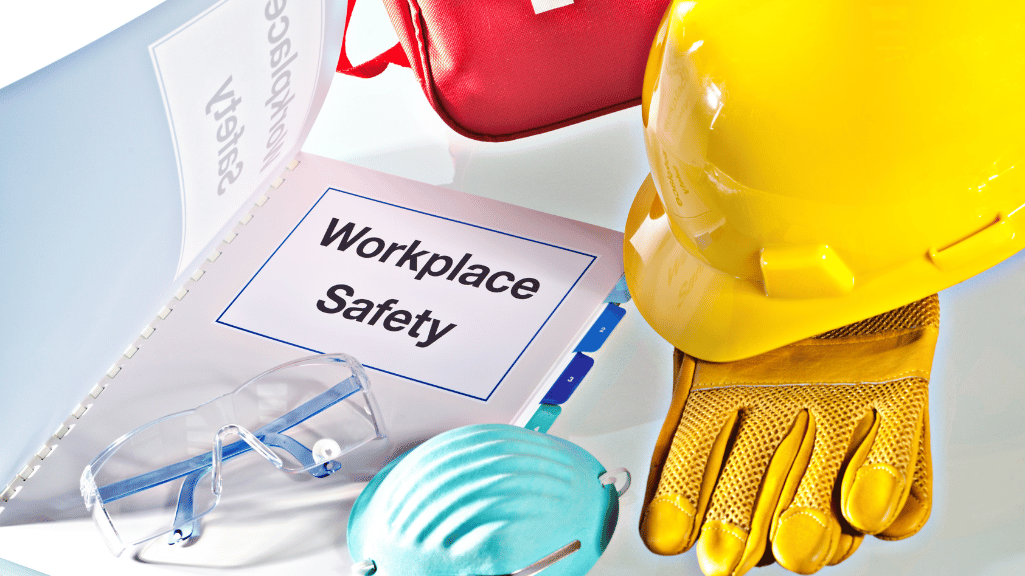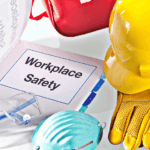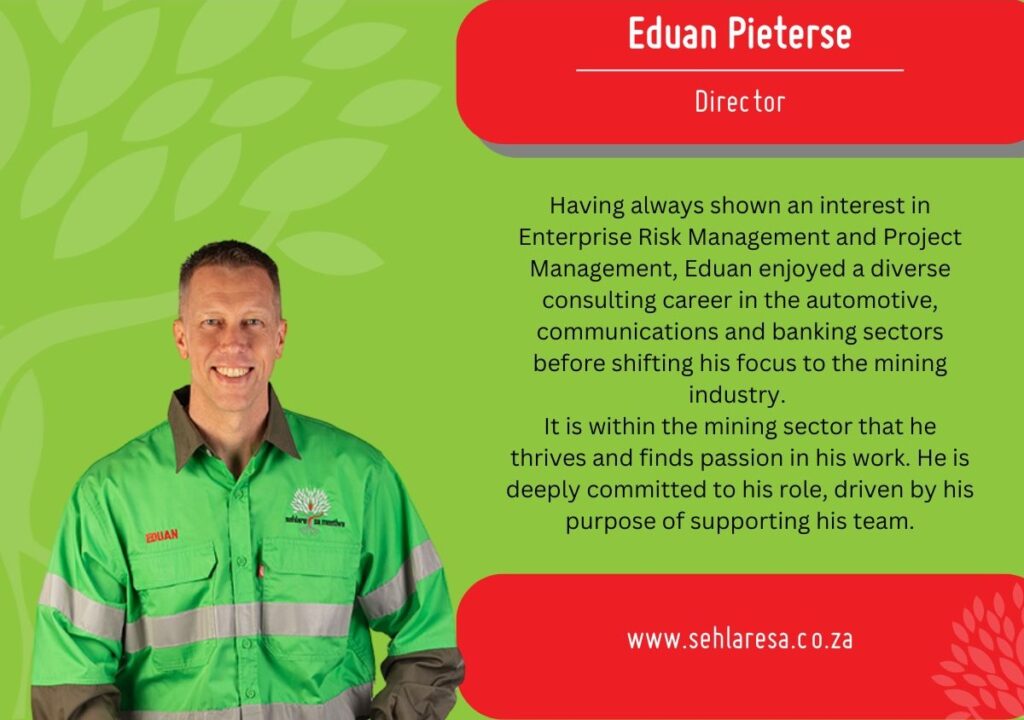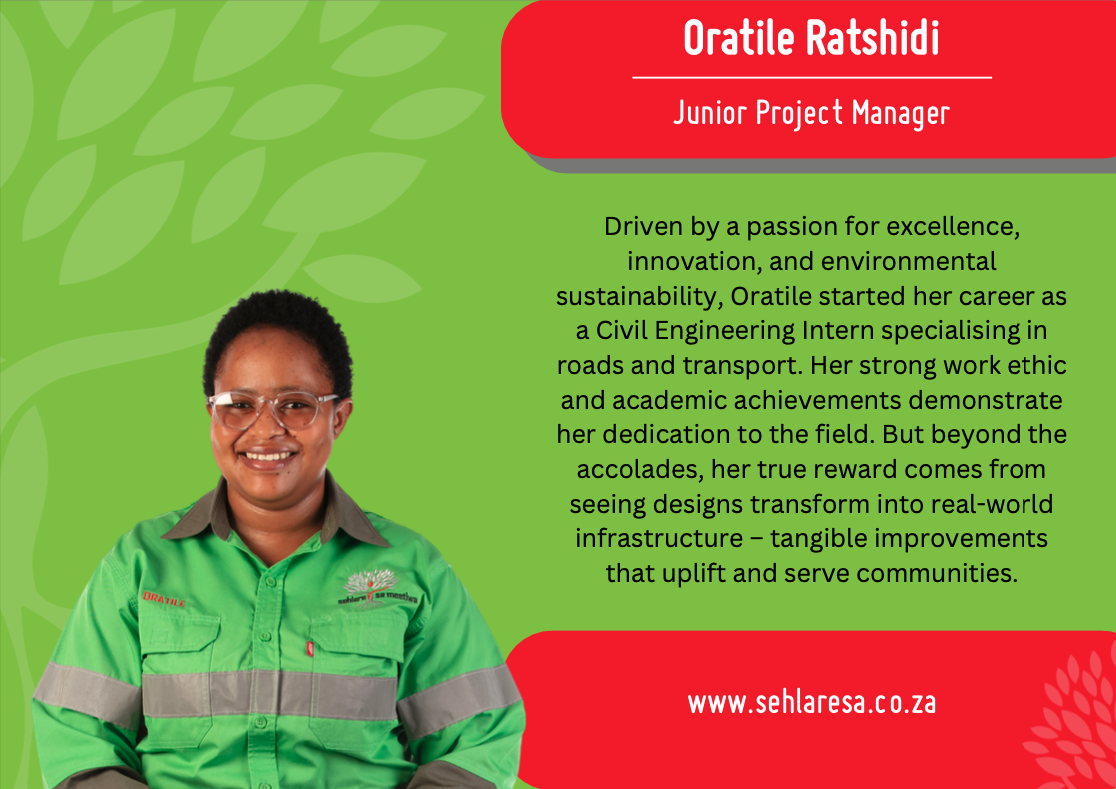Building A Safer Future in Mining and Construction
In the bustling world of mining and construction, ensuring the safety of every worker on site is paramount. From the early stages of Health & Safety Consultation to the final implementation of safety measures, creating a secure environment requires diligence, expertise, and continuous improvement. This blog post will guide you through comprehensive strategies to enhance safety at mine and construction sites, offering practical tips and insights tailored for mining and construction professionals, project managers, and safety consultants alike.
The Importance of Mine and Construction Site Safety
Why Safety Matters
Mine and Construction sites are inherently risky environments. With heavy machinery, towering structures, and a multitude of workers, the potential for accidents is high. Prioritising safety not only protects lives but also boosts productivity and reduces project delays. It’s about creating a culture where every worker feels valued and secure.
Legal Requirements and Standards
Adhering to legal standards is essential for any mining and construction project. Regulations like the Health and Safety at Work Act 1974 and the Construction (Design and Management) Regulations 2015 outline the responsibilities of employers, contractors, and workers. Understanding and complying with these regulations is the foundation of any robust Safety Management / Passport 360 Management strategy.
The Human and Financial Costs of Neglect
Neglecting safety can have devastating consequences. Beyond the obvious human suffering, accidents can result in substantial financial losses. Medical bills, compensation claims, and project delays all add up. Investing in safety measures, such as Fire Suppression and proper Risk Assessments, is not just a moral obligation but a smart financial decision.
The Role of Safety Officers
Hiring Qualified Safety Officers
Safety officers play a crucial role in maintaining a secure environment at mining and construction sites. These professionals are trained to identify hazards, implement safety protocols, and educate workers on the importance of safety. Hiring a qualified Safety Officer or Health and Safety Administrator ensures that someone is constantly monitoring potential risks and taking proactive steps to mitigate them.
Responsibilities of a Safety Officer
A safety officer’s duties are manifold. They conduct regular site inspections, ensure compliance with regulations, and investigate accidents to prevent future occurrences. They also provide training and support to workers, fostering a culture of safety across the site.
The Impact of a Dedicated Safety Professional
Having a dedicated safety professional on site can drastically reduce the number of accidents and near-misses. Their expertise and vigilance can transform a hazardous environment into a well-managed, secure workspace. This not only protects workers but also enhances the project’s overall efficiency.
Developing a Comprehensive Health & Safety File
What is a Health & Safety File?
A Health & Safety File is a comprehensive document that outlines all safety procedures, risk assessments, and emergency protocols for a mining and construction project. It serves as a reference guide for everyone on site, ensuring that safety measures are clearly communicated and accessible.
Creating an Effective Health & Safety File
Compiling an effective Health & Safety File requires thorough planning and attention to detail. Start by conducting a risk assessment to identify potential hazards. Document all safety procedures, emergency protocols, and contact information for key personnel. Regularly update the file to reflect any changes in the project or regulations.
Benefits of a Well-Maintained Safety File
A well-maintained Health & Safety File is a valuable tool for preventing accidents and ensuring compliance with legal standards. It provides clear guidelines for workers, helping them to understand and follow safety protocols. It also serves as evidence of your commitment to safety, which can be crucial in the event of an inspection or legal dispute.
Conducting Regular Safety Audits
The Purpose of Safety Audits
Safety audits systematically evaluate a mine or construction site’s safety protocols and practices. They help identify potential hazards, assess the effectiveness of existing measures, and recommend improvements. Regular audits ensure that safety remains a priority throughout the project’s lifecycle.
Steps to Conduct a Safety Audit
Conducting a safety audit involves several steps. Start by reviewing the health and safety file and any previous audit reports. Conduct a thorough inspection of the site to identify any potential hazards. Interview workers to get their perspective on safety practices. Finally, compile your findings into a report and present recommendations for improvement.
Implementing Audit Recommendations
The actual value of a safety audit lies in its recommendations. Once the audit is complete, address any identified issues immediately. This might involve updating safety protocols, providing additional training, or investing in new safety equipment. Regular follow-up audits can help ensure that these improvements are sustained.
Training and Education for Workers
Importance of Continuous Training
Continuous training is essential for maintaining a safe mine and construction site. Workers need to be regularly updated on new safety protocols, equipment, and best practices to ensure they are informed and aware of the latest developments. This helps to reinforce the importance of safety and ensures that everyone is equipped to handle potential hazards.
Effective Training Programs
Effective training programs should be comprehensive and engaging. Utilise a combination of classroom instruction, hands-on training, and interactive workshops to cover all aspects of site safety comprehensively. Topics should include hazard recognition, emergency procedures, and proper use of safety equipment. Regular refresher courses can help to keep safety knowledge fresh.
Encouraging a Culture of Safety
Training alone is not enough; fostering a culture of safety is equally important. Encourage open communication about safety concerns and reward workers who demonstrate safe practices. Create an environment where safety is seen as a shared responsibility, and every worker feels empowered to contribute.
Leveraging Technology for Safety
Innovative Safety Tools and Equipment
Technology can play a significant role in enhancing safety at mines and construction sites. From wearable devices that monitor workers’ vital signs to drones that inspect hard-to-reach areas, innovative tools can help identify and mitigate risks. Investing in the latest safety technology can provide an extra layer of protection for workers.
Implementing Safety Software
Safety software can streamline the management of safety protocols and documentation, enhancing overall safety management. These platforms offer features like incident reporting, risk assessment, and compliance tracking. Implementing safety software can help to ensure that all safety measures are documented, monitored, and enforced.
Benefits of Technology Integration
Integrating technology into your safety strategy can lead to significant improvements in site safety. It enables real-time monitoring and reporting, allowing for quick responses to potential hazards. Technology can also enhance communication and collaboration, making it easier to coordinate safety efforts across the site.
Emergency Preparedness and Response
Developing an Emergency Plan
An effective emergency plan is crucial for any mine or construction site. This plan should outline procedures for various types of emergencies, including fires, medical incidents, and natural disasters. Ensure that all workers are familiar with the plan and know their roles in an emergency.
Conducting Emergency Drills
Regular emergency drills are essential for testing and refining your emergency plan. These drills help to ensure that workers know how to respond in a crisis and can act quickly and effectively. Use feedback from drills to improve your emergency procedures and address any gaps.
Evaluating and Updating Emergency Procedures
Emergency procedures should be regularly evaluated and updated to reflect any changes in the site or project. Review your emergency plan after each drill and make necessary adjustments. Continuous improvement of your emergency procedures can help to ensure a swift and effective response in the event of a real emergency.
The Role of Leadership in Safety
Leading by Example
Leadership plays a crucial role in promoting site safety. Leaders should set a positive example by adhering to safety protocols and demonstrating a commitment to safety. Their actions can influence the behaviour and attitudes of the entire workforce.
Communicating the Importance of Safety
Effective communication is essential for promoting site safety. Leaders should regularly communicate the importance of safety and provide updates on safety initiatives. Utilise a range of communication methods, including meetings, newsletters, and posters, to effectively reach all workers.
Engaging Workers in Safety Initiatives
Engage workers in safety initiatives by involving them in the development and implementation of safety measures. Encourage workers to share their ideas and feedback on safety practices. By involving workers in safety efforts, you can create a sense of ownership and commitment to safety.
Building a Proactive Safety Culture
Fostering a Safety-First Mindset
Fostering a safety-first mindset is essential for building a proactive safety culture. Encourage workers to prioritise safety in all their actions and decisions. Reinforce the message that safety is everyone’s responsibility and that it should never be compromised.
Encouraging Reporting and Feedback
Encourage workers to report safety concerns and provide feedback on safety practices. Establish a non-punitive reporting system that encourages workers to feel comfortable sharing their observations and suggestions. Use this feedback to identify areas for improvement and make necessary adjustments.
Recognising and Rewarding Safe Practices
Recognising and rewarding safe practices can motivate workers to prioritise safety. Implement a safety recognition programme that highlights workers’ contributions to site safety. Offer rewards and incentives for demonstrating safe behaviours and adhering to safety protocols.
Conclusion
Enhancing construction site safety requires a comprehensive approach that involves all stakeholders. From hiring qualified safety officers and creating health and safety files to leveraging technology, there are numerous strategies to enhance site safety. By prioritising safety and fostering a culture of continuous improvement, mining and construction professionals, project managers, and safety consultants can create a safer and more productive work environment.
For those seeking to elevate their safety efforts, consider consulting with our team of experts. Together, we can build a safer future for the construction industry.























